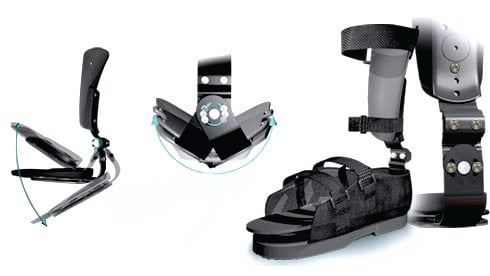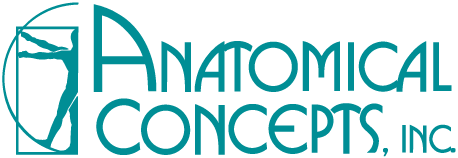
At the outset of pain and discomfort and restricted range of motion, especially in the lower extremities, may manifest more than just a case of having morning stiffness. These symptoms could be red flag indicators of a much more severe underlying complication with long-term implications on joint mobility and stability. And if conditions are not addressed appropriately, the impact could be of significance and permanent on the muscles and joints in the human body.
What is a Contracture?
Contractures are deformities (also classified as noninflammatory diseases of the musculoskeletal system) of the muscles and diarthrodial joints in which the connective tissue and its elastic fibers beneath the skin lose its elasticity and replaced by inelastic (non-stretchable) fiber-like tissue. Muscles in the affected area experience inflammation along with extreme tightening and shortening, resulting in little to no movement and a complete loss of flexibility. Since the composition of the human body and its organs are of four main tissue types, no one particular body part is immune to contractures. Muscles, tendons, cartilage, ligaments, skin and even the joint capsules, which stabilize the joint and adjoining bones, can feel the effects of a contracture.
Common Causes of Contractures
There are a multitude of causes when it comes to contractures. Generally speaking, a patient enduring a prolonged period of inactivity or post-surgical complications; i.e., burns or scars following a knee replacement are susceptible for contracture deformity. That’s because during the healing process following surgery, scar tissue contracts and may produce deformity. Additionally, inherited disorders (muscular dystrophy), traumatic injury and underlying conditions of the brain and nerves (cerebral palsy, polio, stroke, severe osteoarthritis and rheumatoid arthritis) frequently lead to contractures.
Types of Treatment Options
Of course, physical and occupational therapy prove beneficial in the treatment of contractures, as they aid in the strengthening of muscles, prevent further contracture episodes and boost the patients’ range of motion. However, this type of recovery means a level of devotion and commitment that’s expected of the patient in order to ensure the process is effective. The best result is achieved by performing applicable exercises on a continual basis. Unfortunately, this can be a tall order to accomplishing, as patients may find themselves falling behind on their regimen or conducting tasks inadequately.
Orthosis in the Management of Joint Contractures
Physical therapy can be even more favorable in contracture relief when paired with another form of treatment. Electrical stimulation, surgery and medications help ease pain and inflammation, but there’s one type of treatment, if started at an early stage, can ensure a patient regains their full range of motion in the affected area. An assistive device, in this case a orthosis, can deliver optimal performance and return a damaged muscle or joint to normal by holding the connective tissue under constant tension. This in return, causes the tissue to creep and lengthen, stimulating continuous stretching.
Orthoses provide patients with comfort and ease of use, especially since there is a straightforward method of locking in mid-range to facilitate the correct alignment between the device and joint during application and removal. Depending on the severity of the contracture, a custom-made or prefabricated adjustable brace will be recommended. While a variety of orthoses can satisfy a patients’ need, there are three types of devices designed and engineered to resolve contractures.
ABBY™ Articulating Ankle Foot Orthosis (AFO)
A unique heat-moldable foot orthosis that provides an intimate fit on either the left or right side of the patients’ lower extremity, this type of brace replicates the biomechanical effects of a semi solid or PLS AFO. In addition, the ABBY AFO delivers an adjustable Dorsi/Plantar flexion along with Varus/Valgus adjustment.
DDA™ Articulating Ankle Foot Orthosis
The Dynamic Dorsi-Assist (DDA) orthosis incorporates two elastic straps that are attached to the distal foot and proximal calf sections. These straps are adjustable to compensate or offset varus and valgus tendencies while cultivating the constant dorsi-assistive force. Also, the DDA uses a critical telescoping calf section feature that allows for the shortening and lengthening of the soft tissue to stimulate stretching.
RIBBY™ Ankle Foot Orthosis
Featuring an exclusive quick-disconnect mechanism permitting rapid transition between various lining options, the RIBBY AFO establishes a positive connection for each application to maintain its integrity during ambulation. In the treatment of contractures, this orthosis provides the ability of locking out the ankle while simultaneous offering static adjustability of the dorsiflexion or plantar flexion to optimize patient functionality and control of the anatomical knee joint.
 330-757-3569
330-757-3569




